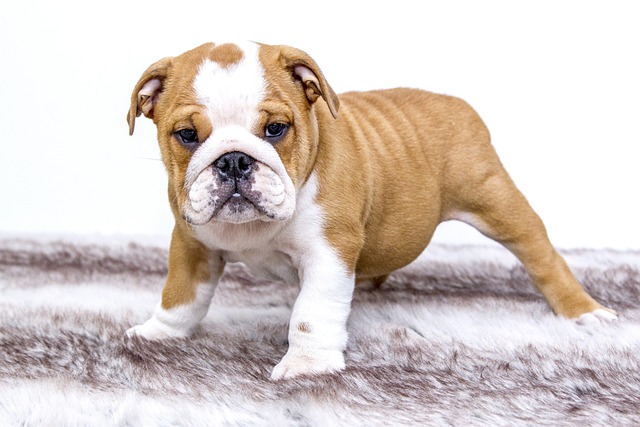
How do dogs get infected with ear mites
If you’ve ever watched your dog paw at their ear like it’s on fire, then noticed dark, crumbly gunk—like coffee grounds—when you peek inside, you’re probably dealing with ear mites.
It’s a common scenario: you’re playing fetch in the backyard, your dog’s tail is wagging so hard their whole body wiggles, and then—nip! Not a hard bite, but sudden enough to make you yelp. That excited nibble catches many owners off guard, especially when it comes from a pup who’s usually gentle. What’s really going on here?
Dogs don’t bite out of malice in these moments. More often, it’s their way of releasing pent-up energy. Think of it like how a toddler might grab your arm when they’re overstimulated—they lack the words to say “I’m overwhelmed!” Puppies, in particular, explore the world with their mouths, and excitement amplifies that instinct. Even adult dogs, when flooded with joy, might revert to this primal communication.
But here’s the catch: in many places across Europe and North America, any form of biting—even playful nips—can have serious consequences. Local laws often hold owners responsible for their dog’s behavior, and repeated incidents might lead to fines, mandatory training, or worse. In cities like London or Portland, there are strict regulations around dog conduct in public spaces, and what starts as a game could escalate if not addressed.
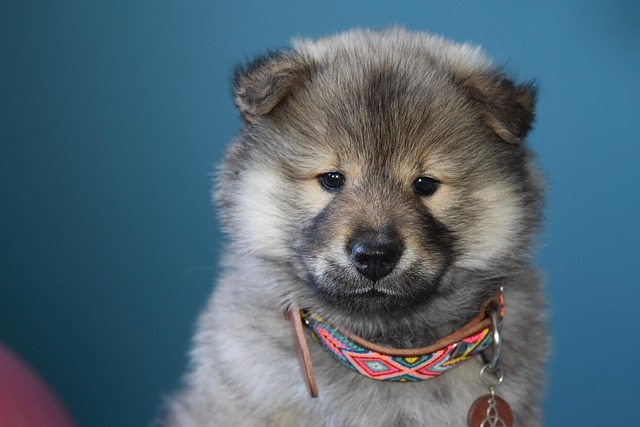 So how do you redirect that excitement? Start by recognizing the warning signs: a stiffening body, rapid tail wagging, or a glazed look in their eyes. These are cues that your dog is about to overflow. When you see them, pause playtime immediately. Offer a chew toy instead—something they can sink their teeth into without risk. Consistency is key; over time, they’ll learn that toys, not hands, are for biting during high-energy moments.
So how do you redirect that excitement? Start by recognizing the warning signs: a stiffening body, rapid tail wagging, or a glazed look in their eyes. These are cues that your dog is about to overflow. When you see them, pause playtime immediately. Offer a chew toy instead—something they can sink their teeth into without risk. Consistency is key; over time, they’ll learn that toys, not hands, are for biting during high-energy moments.
Socialization also plays a big role. Puppies who interact with other dogs and people regularly are less likely to resort to nipping when excited. They learn boundaries through play, understanding that too much pressure leads to the game stopping. For adult dogs, enrolling in a positive reinforcement training class can work wonders. Trainers focus on rewarding calm behavior, helping your dog stay grounded even when they’re thrilled.
Remember, patience is your greatest tool. Dogs don’t unlearn habits overnight. Celebrate small wins: a gentle nudge instead of a nip, or a quick pause when you say “easy.” These moments show progress, even if they feel tiny. And always stay informed about local laws—knowing the rules in your area helps you take proactive steps to keep both your dog and community safe.
That excited bite is just your dog’s way of saying “I’m so happy I don’t know what to do!” With a little guidance, they’ll learn to channel that joy into wags, licks, and all the other wonderful things that make dogs such beloved companions.

If you’ve ever watched your dog paw at their ear like it’s on fire, then noticed dark, crumbly gunk—like coffee grounds—when you peek inside, you’re probably dealing with ear mites.
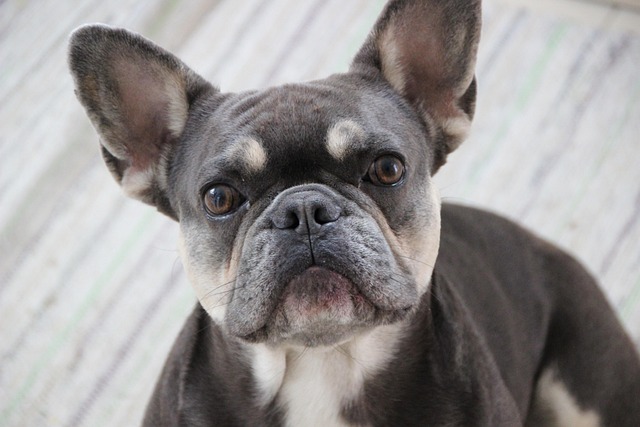
If you’ve ever watched your poodle squint through a Miami afternoon, paws darting to rub at their eyes after a romp in the grass, you’ve probably thought
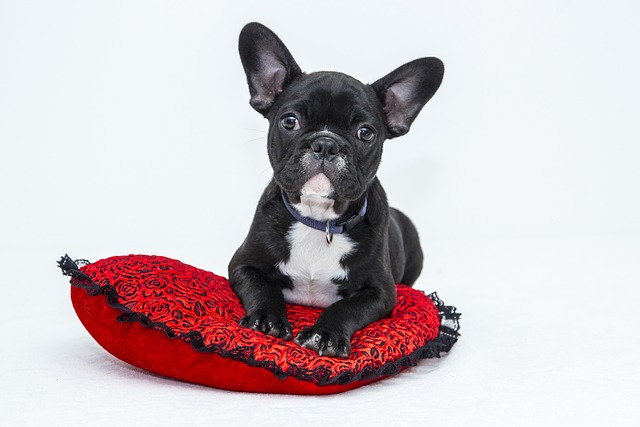
If you’ve ever noticed your dog’s paws or nose turning thick, crusty, and rough—like they’re covered in dried clay—and wondered, “Could tiny bugs be causing this?”
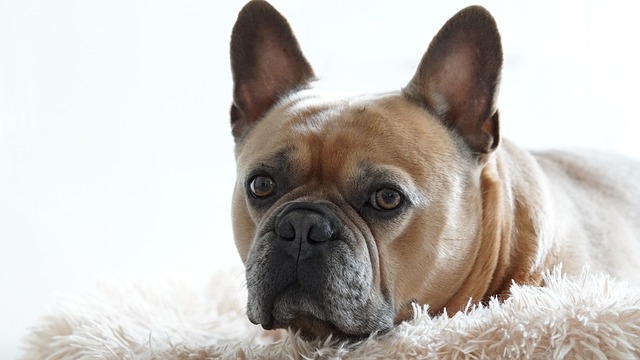
That heart-sinking moment when your golden retriever hesitates before jumping onto your Seattle apartment’s hardwood floor, licking at cracked, sandpaper-rough paw pads?

Once-obedient puppy suddenly ignoring commands, darting after squirrels mid-walk, or chewing the couch instead of their toy—many owners wonder if they’re doing something wrong.
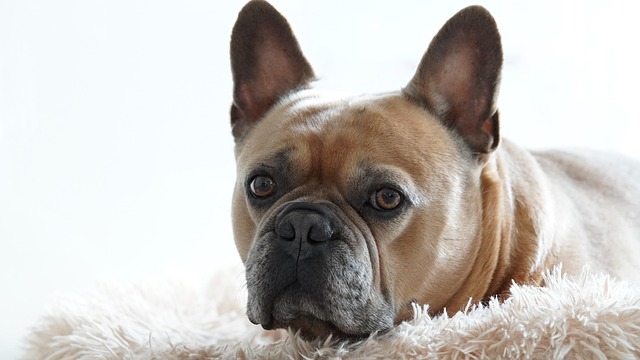
If you’ve ever found yourself holding a bottle of eye drops, staring at your pup’s red, watery eye, and wondering, “Can I just put this in?” you’re not alone.